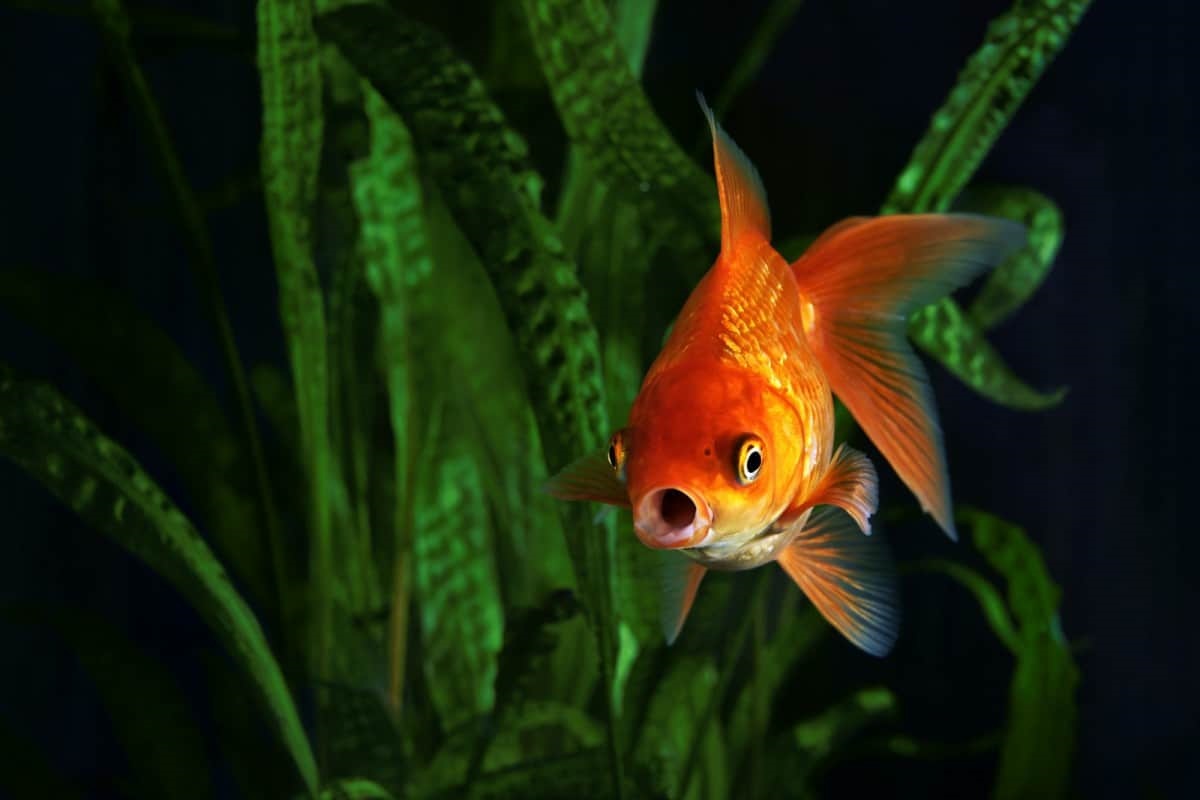It’s always been a dream of man’s to be able to breathe underwater as fish do, but sadly, it’s not possible without some good scuba gear or a set of gills.
Learning how a fish breathes makes them an even more fascinating animal to own, and will give you some newfound appreciation for the creatures in your aquarium.
So, how do fish breathe?
Although they live in the water, fish still need oxygen to survive, and to breathe, they start by taking water in through their mouth and passing it through the gills. The gills absorb any oxygen that’s in the water which then passes it through the bloodstream.
This unique method of breathing shows aquarium owners why it’s important to have some form of oxygen supply to the tank and gives you a better understanding of how your fish survive.
This quick guide will answer all of your questions on how do fish breathe so you can be a more responsible owner.
Contents
What Are Gills?
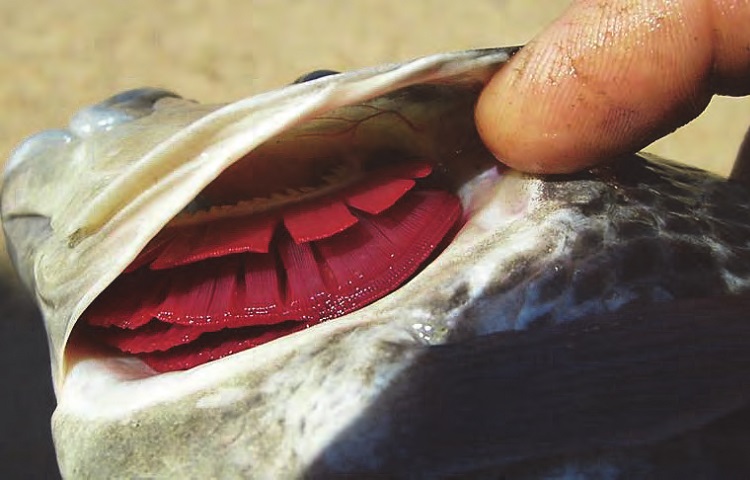
To understand how a fish breathes, we must first look at the function of the gills.
The gills are to fish what lungs are to us humans, and they’re responsible for taking in the oxygen that passes through them and ensuring we’re breathing properly. A fish has four gills on each side of its head and without them, it wouldn’t be able to survive.
A fish’s gill is a respiratory organ and it looks soft and feathery and is full of blood vessels on the inside. This organ’s job is to take the dissolved oxygen found in water and then pass it through the bloodstream.
The carbon dioxide is then excreted from it, just like humans, and there are even some forms of animal that have gills that work on the land as well.
The surface area of the gill is important to how much oxygen it can take in, and so is the thickness of its skin on this organ. This absorbent surface ensures that the oxygen is taken from the water that passes over it and into the gill passages.
How Do Fish Breathe With Gills
It goes without saying that to answer the question of how do fish breathe, we need to talk about gills. While all fish use gills, some species have developed modified breathing mechanisms. Lungfish can breathe air through a primitive lung when water gets low in oxygen.
Bettas and gouramis take gulps of air from the surface to supplement their gill breathing. Sharks have five to seven-gill slits for increased oxygen intake. These adaptations allow fish to survive in diverse aquatic environments.
Larval Fish Respiration
The larvae of many fish species have different respiratory needs than adults. Larvae often lack well-developed gills and rely on the diffusion of oxygen through their skin and tissues.
Some larvae have external feathery gills to increase surface area. As they mature, larval fish grow the gill structures they will use for breathing as adults. Their transition to adult respiration coincides with habitat changes.
Gill Disease in Aquarium Fish
Unhealthy gills compromises a fish’s breathing and health. Ammonia accumulation, low oxygen, and infections can all damage gills. You should watch for increased breathing rate, reddening, frayed appearance, and excessive mucus.
Improving water quality and antibiotics may help resolve some gill conditions and help your fish breathe very well.
Do Fish Breathe Oxygen?

You bet they do! Even though fish live underwater, they still need oxygen just like us land-dwellers. A fish couldn’t survive without oxygen to fuel its body. The gills allow them to take the oxygen straight out of the water around them.
How Do Fish Breathe Underwater?
Gills are the key that allows fish to breathe underwater. A fish’s gills are specially designed to pull oxygen out of the water as it flows over them. The gills have a huge surface area covered in blood vessels and membranes that grab onto the oxygen molecules.
Do Fish Breathe Air?
Most fish rely entirely on their gills to get oxygen from water. But there are some species like bettas and lungfish that can breathe air too! They have labyrinth organs or primitive lungs to gulp air at the surface when needed.
How Do Fish Breathe?
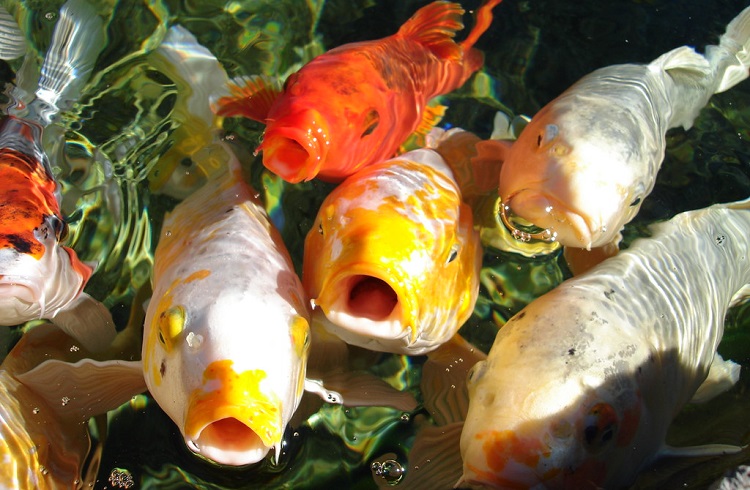
A fish breathes by first taking in a big gulp of water, and as this water passes through its body, it goes over the gills.
The absorbent nature of the gills means they’re able to take in just the oxygen from this water and pass it into the bloodstream efficiently.
The bloodstream then pushes this oxygen to areas it’s needed and ensures that it will reach the fish’s cells.
Just like a human will take a breath and the air sacs in our lungs will push the oxygen through to our cells, a fish’s breathing method does much the same.
The Importance of an Oxidized Tank

Contrary to popular belief, fish need air to survive and not just water, so if you own an aquarium, you’ll need to ensure there is a good supply of oxygen available, using a number of methods to get it.
If you’ve noticed signs that your fish is low on oxygen, like labored breathing or coming up to the surface to breathe, this needs to be rectified immediately.
An emergency reaction to this would be changing up to 50% of the water in the tank, as well as adding some sort of water movement device right away. This could be air stones, another filter, or a powerhead, with the hope that this will introduce oxygen to the water immediately.
Next, you’ll want to determine how the oxygen levels got so low and look at ways to prevent this from happening again. Low oxygen in a fish tank can occur due to things like overcrowding, high water temperature, too much waste, or certain chemicals.
Therefore, you need to have a filtration system in place and some form of water movement working at all times.
Staying Happy Underwater
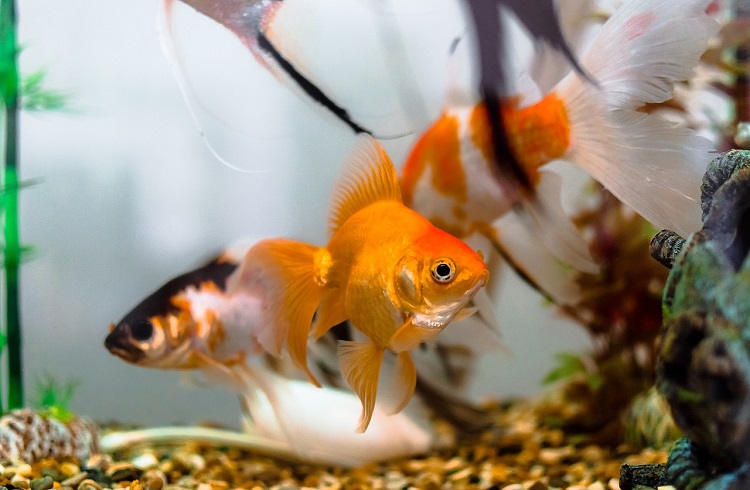
As fish keepers, it’s our responsibility to keep the underwater environment ideal for our pets, and that means having a better understanding of how they breathe.
The right amount of oxygen is essential, no matter the type of tank or species we have, so learning the basics is a must for healthy and happy fish.
Related Questions
The way that a fish breathes is certainly unique to the rest of the animal kingdom, and if you’re the lucky owner of one or more, you need to know all you can about it.
We’ve answered some FAQs about oxygen supply and fish tanks to give you a push in the right direction.
How To Generate Oxygen in Fish Tank?
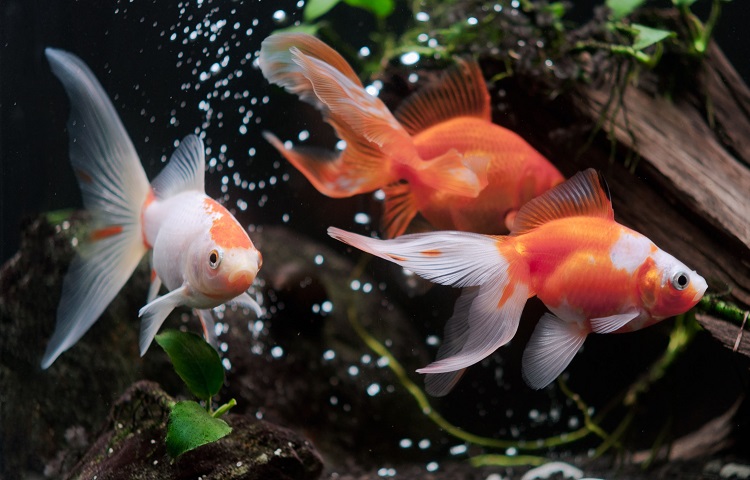
A quick and easy way to deliver some oxygen to your fish tank is by picking up a clean cup, scoping out some of the tank water, and then pouring it back in from a greater height and repeating it a few times.
This will manually add oxygen bubbles to the water in the aquarium which the fish can then use to help them breathe.
How Do I Know If My Fish Need More Oxygen?
A responsible aquarist always monitors their fish for signs of trouble, and if they’re short on oxygen this could look like rapid gill movements or labored breathing.
In extreme cases, a fish might even make its way up the surface of the water and try to gasp for air, and this means oxidization is needed urgently.
What Does an Air Stone Do?
An air stone is a common feature of many aquariums that creates small bubbles in the water and improves conditions for the fish.
These weighted devices sit at the bottom of the tank and produce minuscule bubbles that introduce oxygen into the water without generating too much movement.
Conclusion
So in a nutshell, fish breathe using their gills to pull oxygen out of the water. Pretty neat, huh? Their gills are like specialized organs that grab the oxygen molecules as water passes through. Then the oxygen gets delivered through their bloodstream just like in humans.
Of course, fish owners need to help them out by keeping enough oxygen in the tank water. Always watch for signs of heavy breathing or gasping at the surface which means it’s time to stir things up and get more air circulating in there.

Ian Sterling, founder of Fishlab.com, began his aquarium journey over 30 years ago, driven by a deep fascination for fish and their diverse personalities. His website, Fishlab.com, is dedicated to making fishkeeping accessible and enjoyable, offering beginner-friendly guidance, expert insights, and a community for aquarists to connect and share experiences.


